I connected with the lovely Nadia Hernandez on Instagram recently and quickly realized we had quite a bit in common. I was drawn to her mission of embracing her culture and empowering her daughter while paving her own path. Though we come from different countries, our approaches to keeping our culture alive is very much the same. Nadia was born in Mexico City, Mexico but raised in Orange County, California. She is married, has a young daughter and was raised (along with her two sisters, including her twin!) by her immigrant parents in the U.S. She is also the creator of a new mama series, Cafecito con Mamá, that focuses on highlighting Latina mamas and their experiences through motherhood all within a cultural context. Here’s her story:
Culture is life. It is what defines a person, their lifestyles, customs, food, music, language, a person’s worldview and their livelihood in general.
On her family’s immigration journey: I was 6 years old when my parents made the decision to immigrate our whole family to the United States. Among the many families that continue to partake in this decision, better economic and educational opportunities is also part of our immigration story. After years of separation, my family became one in a new country where we did not know the language, its culture, or its people.
Growing up as a Mexican immigrant in the United States, I was always in a struggle to keep my culture alive while assimilating into the main culture.
On culture/heritage playing a role in her life growing up: I grew up in a traditional Mexican household. My parents were great about continuing our cultural traditions including teaching us to read and write in Spanish, embracing holidays, eating our traditional foods, and maintaining a respect for our elders. It was very much a part of us growing up.
I was grateful for this upbringing. But I wanted to embrace parts of my culture that I loved and not be forced into anything that did not match my dreams. Within these years, I was living in a fluid state within two cultures. I learned to dominate both. I embraced both languages, both cultures, both foods, and both dreams that each culture expected of me.
On finding her place within two cultures: I remember feeling like a stranger during the first day of school.
I learned quickly that I needed to become like everyone else to fit in. But there is danger in this. As a mother now, I am conscious about raising my daughter in a cultural household where she embraces her language, heritage, and traditions of both worlds. This is what makes her unique and valuable.
On defining her own version of the American dream: I remember those times when I was 16 years old and I wanted to become writer. I was fascinated by Sandra Cisneros, “The House on Mango Street”. This book resonated with my life. My culture was embedded into my everyday life but I wanted to be more than what was expected of me. For years, I refused to learn how to cook because I did not want to become a housewife and be a stay-at-home mom like many Mexican women were brought up to be.
I wanted more for my life. I wanted to go to college. I wanted to travel the world. I wanted adventure in my life. This was the period in my life where I embraced the notion of going to college, moving away from home, and dreaming about a future career. This is not what Latinas think about. It was a hard concept for my parents to understand that my sister and I were moving away from college.
As a Latina, you usually move out of your home when you get married. No sooner, no later. Eventually, my parents moved past the depression this brought and accepted our journey into adulthood as educated Latinas with a career in mind. This defined our American dream. We had made it in this country.
On connecting with her roots: I was in college the first time I travelled back to Mexico. Stepping off of the plane, I felt an instant nostalgia of a place I grew up in and a place I did not know. I felt nostalgic for the friends I did not make, for the family I never grew up with, and the memories I did not create. For the few years I travelled back and forth to Mexico to work on my Master’s Thesis in Applied Anthropology, I became more in love with my own country again.
I fell in love with the humbleness of the people, the celebration of life, and the richness of the culture. With each Mexican state I visited, I become more immersed into the culture and finally felt like I belonged. This was the corner of the world that felt and looked like me.
On hopes for her child’s view of their cultural identity: Growing up as a 1.5 Latina immigrant shaped my viewpoint and experiences as a woman and now, mother. It has defined my determination to succeed academically, seek more opportunities for my daughter, and still maintain my culture as a part of my journey.
My hope is for my daughter to embrace both cultures as she becomes a second generation immigrant in the United States. This world is growing more diverse. Being bilingual, trilingual and bicultural has its own beauty. It adds more depth to a person’s footprints in this world. My life motto is to embrace cultura. I am the product of a bilingual and bicultural world. Let’s embrace all cultures, all languages, all people, all of humanity!

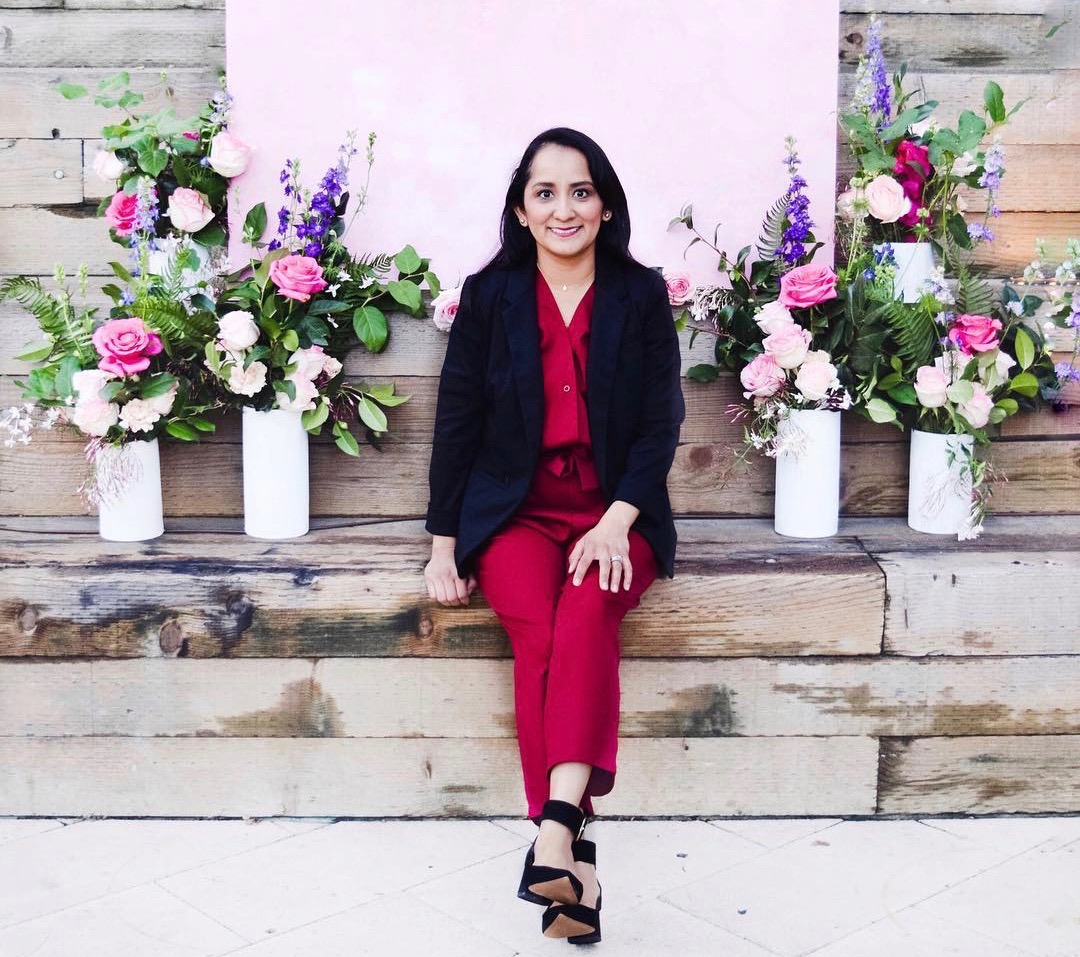


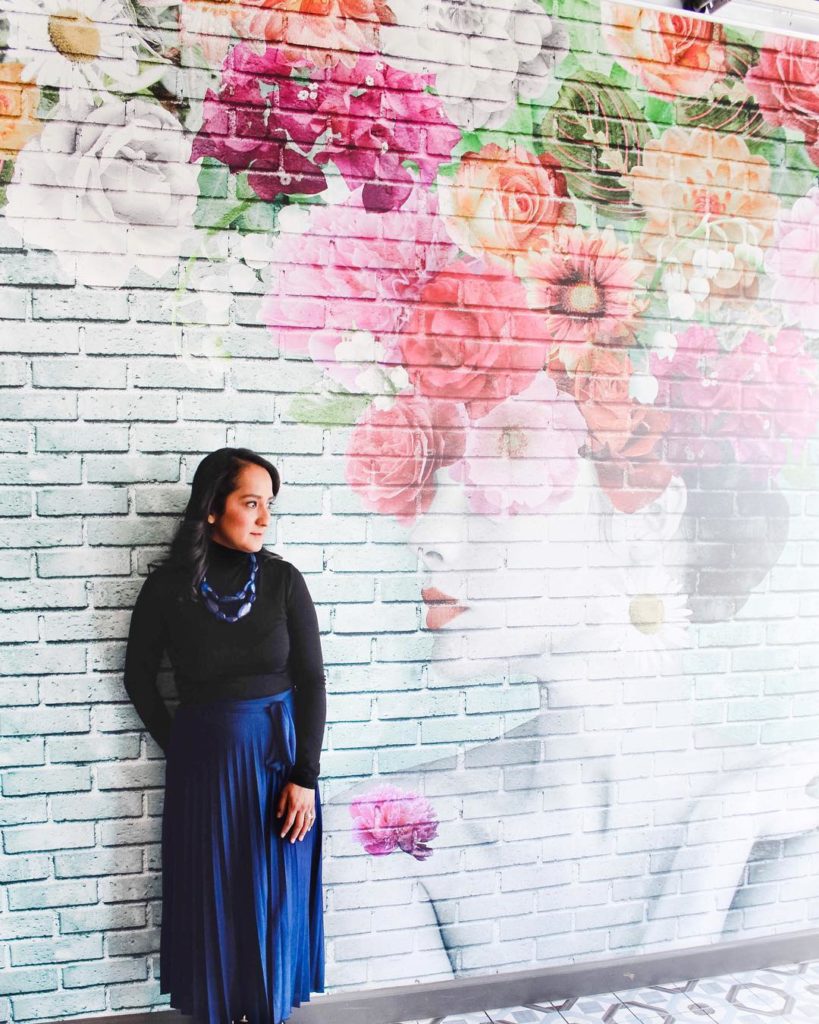
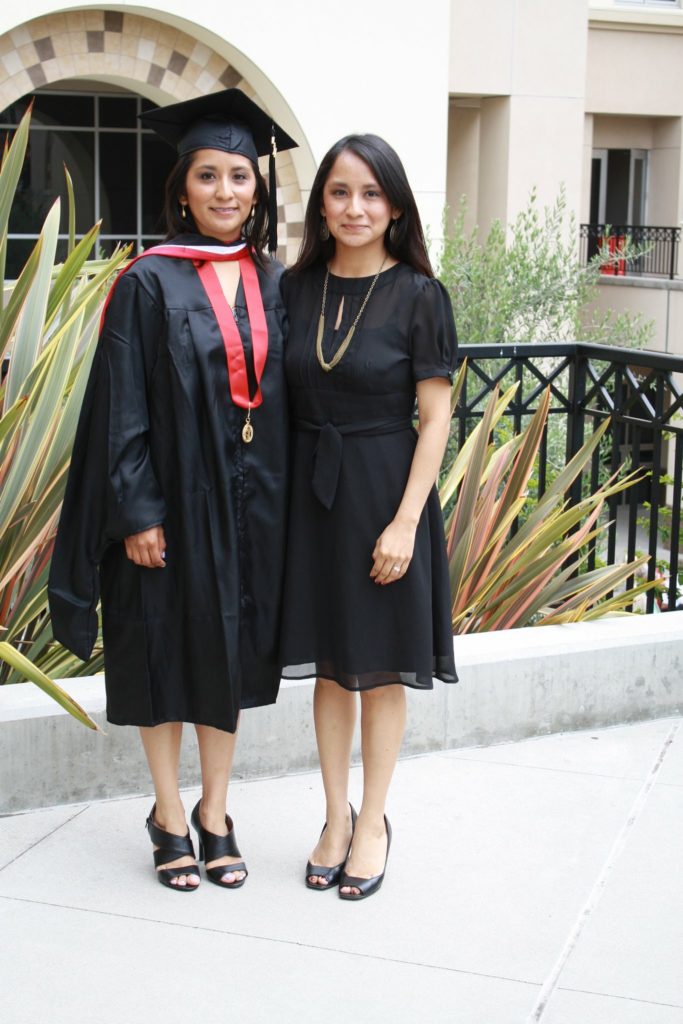

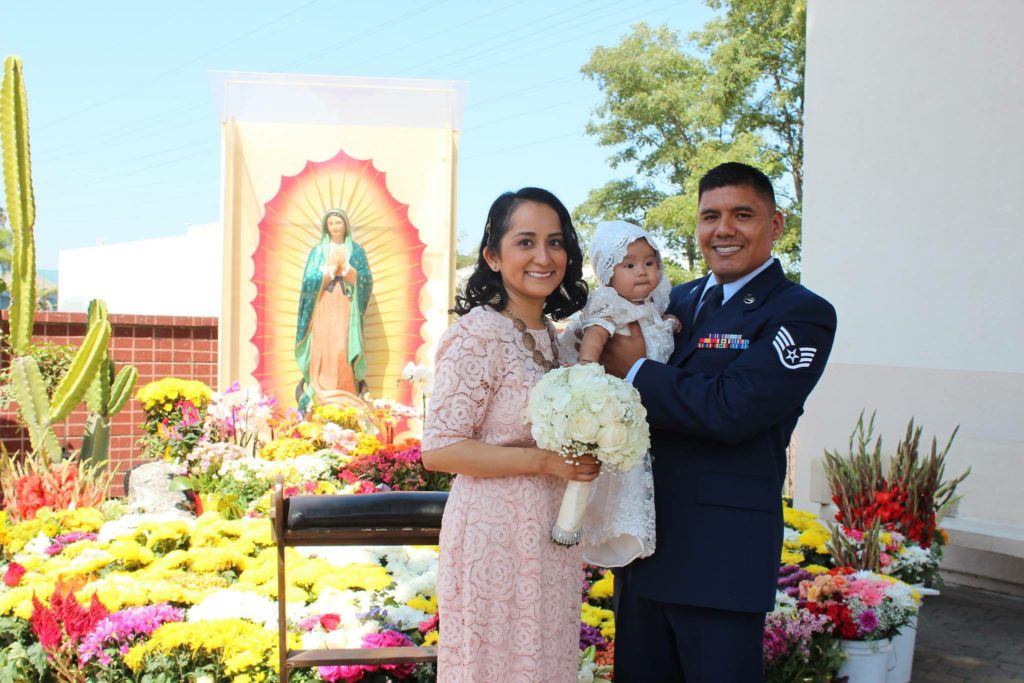
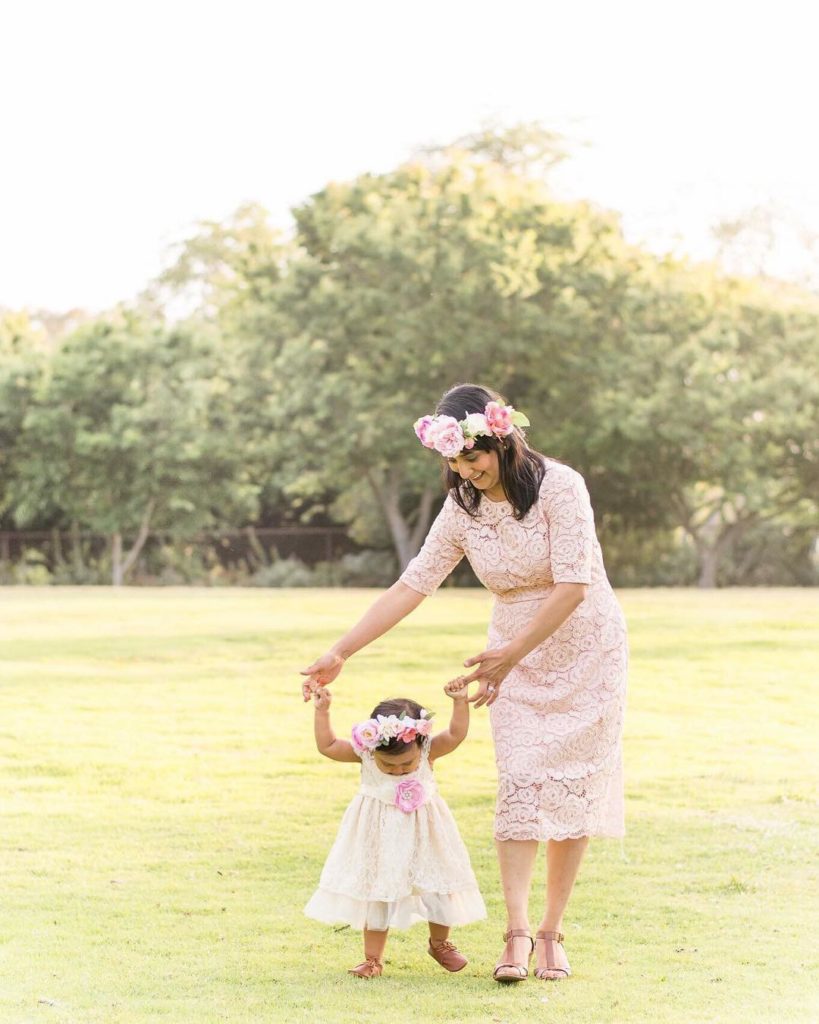
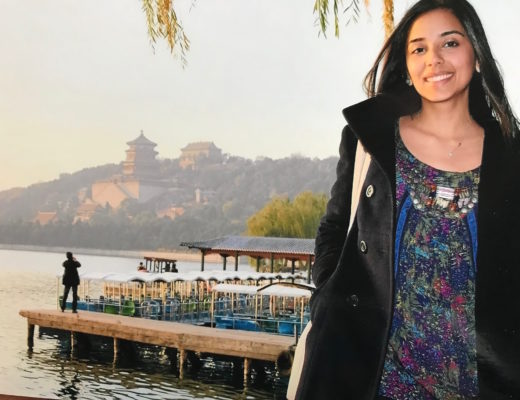

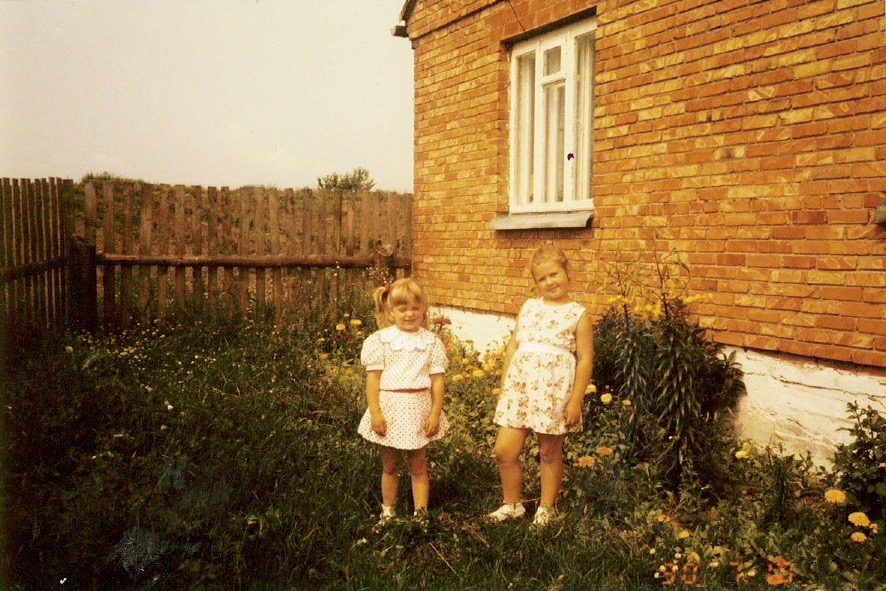
No Comments